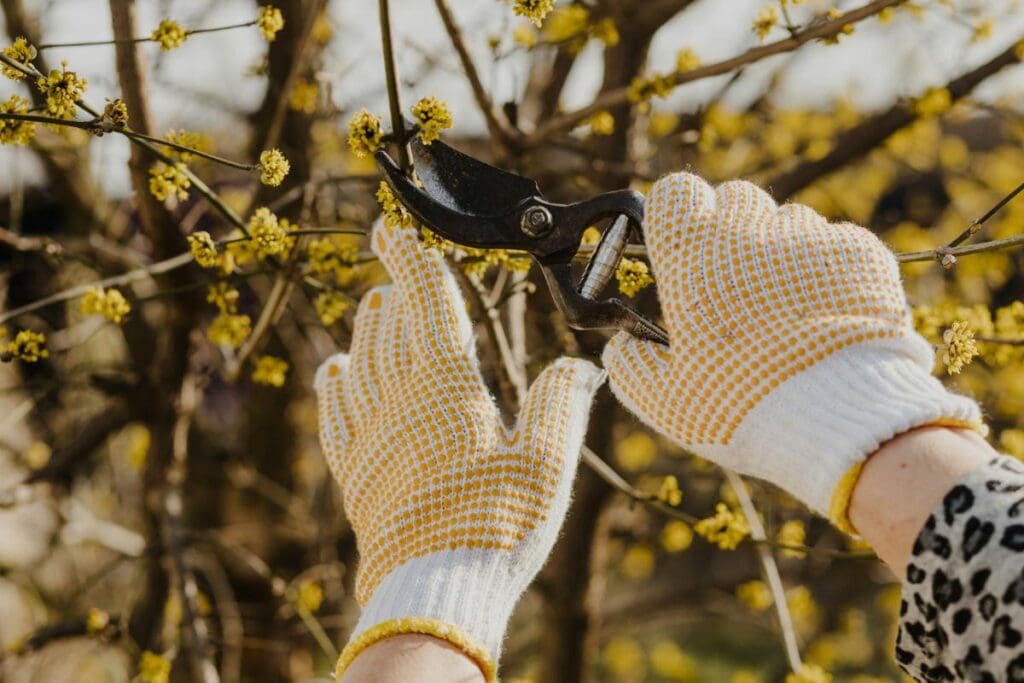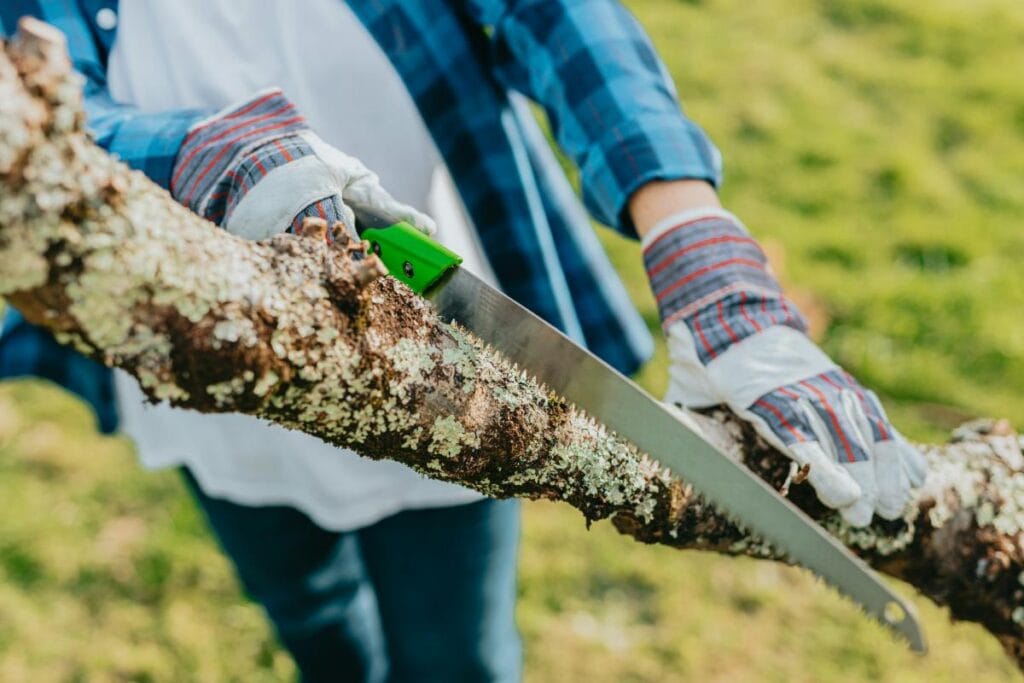
Trees are foundational to a thriving, beautiful home landscape. They boost curb appeal, provide essential shade, and play important roles in environmental health. With their spreading canopies, trees make outdoor spaces more enjoyable during hot summers by blocking harsh sunlight, and their vibrant foliage adds a dynamic visual element to every season.
However, without attentive maintenance, trees can become liabilities, posing hazards, inviting pests, and reducing your property’s value. Professional tree services support homeowners in keeping trees strong, attractive, and safe year-round, ensuring you enjoy every benefit trees offer for your property and community. Expert arborists bring technical skill and help homeowners make proactive decisions for their landscapes’ long-term beauty and health.
Neglected trees compromise safety and the visual appeal of your home, but did you know they can also cause costly long-term damage? Weak or sick trees may drop dangerous limbs or even fall, threatening nearby structures, vehicles, and people. Over time, unchecked growth and disease can also lower your property’s curb appeal and give potential buyers the impression that the home is not well cared for.
Consistent tree care is an investment in the well-being of your landscape, home, and long-term value. Understanding the comprehensive rewards of regular maintenance can help homeowners make informed decisions about their outdoor spaces, balancing beauty, safety, and sustainability for years to come.
Enhancing Tree Health
Consistent tree maintenance such as pruning, trimming, and fertilization are key to tree health. Pruning eliminates dead, diseased, or crowded branches, helping the tree to direct nutrients and energy where needed. This prevents the spread of illness and helps trees develop a sturdy, balanced structure. Regular feeding with fertilizers further boosts growth and resilience, especially when soil quality isn’t ideal. Removing dead or diseased limbs ensures trees can focus their resources on healthy growth, improving structure, appearance, and longevity.
Regular checkups by certified arborists help detect pests and diseases early, allowing for prompt, targeted treatment that can save trees and preserve your landscape investments. Qualified professionals also identify potential stresses, such as soil compaction, water deficiencies, or growth anomalies, that homeowners might overlook, and create care plans that keep trees thriving for decades.
Improving Safety
Storms, high winds, and old age can turn overgrown branches into serious safety hazards. Even healthy trees can develop dangerous weak spots that only a trained eye will catch. Regular pruning keeps trees structurally sound, minimizing the likelihood of falling branches that could hurt people or damage property. Proactive tree care is significant near homes, garages, driveways, and power lines, as it helps prevent power outages, costly repairs, or even fires caused by falling limbs. By avoiding potential risks, homeowners can protect family members, neighbors, and the investment they’ve made in their property.

Boosting Property Value
Healthy, mature trees make a dramatic difference in the market value of a home. Landscaping is often people’s first impression of a property, and thriving trees convey attentive, long-term maintenance, which appeals to potential buyers. Well-landscaped properties can see a substantial return on investment, with tree cover sometimes boosting property values by as much as 20%. Neat, well-kept trees provide instant curb appeal; they soften hardscapes, create visual interest, and may even help homes sell faster when it’s time to list. Homebuyers appreciate beautiful, established greenery and are more likely to pay a premium for properties with lush, mature trees that don’t require extensive post-purchase work.
Preventing Pest Infestations
Trees with neglected, dying, or decaying branches are magnets for pests like termites, beetles, and even rodents. When deadwood and weak limbs accumulate, they invite bugs that can quickly take up residence, chew through bark, and spread to healthy trees or nearby buildings. Once established, these pests can quickly move from trees to lawns, gardens, or the inside of your home, leading to major headaches and costly extermination efforts. Routine inspections and pruning help eliminate pest habitat, safeguard your home environment, and stop infestations before they escalate. Preventing problems at the source, rather than treating an infestation after the fact, also saves money and stress in the long run.
Promoting Environmental Benefits
Trees are a powerful natural tool for improving air, water, and soil quality. Their leaves act as filters, absorbing air pollutants—like carbon dioxide, ozone, and particulate matter—and releasing clean oxygen into the environment, making cities and neighborhoods healthier for everyone. Root systems also help anchor soil, reduce erosion, and maintain groundwater balance, especially in areas prone to drought or flooding. Well-maintained trees make entire neighborhoods healthier by supporting cleaner air and promoting robust biodiversity. Caring for your trees helps cultivate a more vibrant community, with benefits extending beyond your property line. Trees provide critical habitat and food sources for countless species—from pollinators to songbirds—nurturing a rich, balanced ecosystem that helps all living things thrive together.
Reducing Energy Costs
Strategic tree care leads to significant savings on energy bills. Well-placed, properly maintained trees shade homes and outdoor areas during the summer, cooling the property naturally and reducing reliance on air conditioning. This shade can lower temperatures around a home by several degrees, offering comfort and energy efficiency. In the winter, sturdy evergreens or dense branches act as natural windbreaks, blocking icy winds and helping indoor spaces stay warmer with less heating. Reducing energy consumption saves money and contributes to a lower household carbon footprint, benefitting families and the planet through decreased emissions and reduced demand on energy infrastructure.
Preventing Property Damage
Unchecked tree growth can threaten homes, driveways, fences, and other structures. Branches that overhang rooftops can scrape shingles or fall during storms, while invasive root systems can undermine foundations, crack walkways, and disrupt underground utilities. Large branches hanging over rooftops or invasive root systems creeping under foundations are a recipe for expensive repairs. Scheduled professional maintenance helps direct growth away from vulnerable parts of your property, protecting buildings, sidewalks, and underground systems from costly harm. Early identification of problems allows for non-invasive solutions that save money and stress later.
Supporting Local Wildlife
Healthy trees are the backbone of local ecosystems. They offer shelter, food, nesting sites, and safe passage for birds, mammals, and beneficial insects. A diverse landscape featuring various native tree species is especially valuable for supporting local fauna, as different animals depend on different parts of the ecosystem. By maintaining your landscape with regular tree care practices, you actively preserve biodiversity and ensure a balanced urban or suburban environment. The result is a more beautiful yard and a thriving, interconnected community of plants and animals that benefits everyone.
By prioritizing regular tree care, homeowners enjoy flourishing landscapes, greater safety, increased property values, and the satisfaction of contributing to a healthier planet. Each investment in maintenance—a seasonal trim, a pest inspection, or a dose of organic fertilizer—pays dividends for years, protecting your home and supporting your community’s natural beauty. Regular tree care means you’re not just stewarding your property, but also making a positive impact that echoes throughout your neighborhood and beyond.
